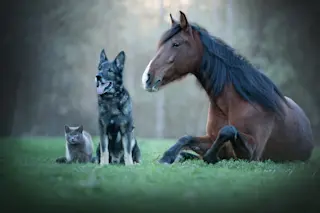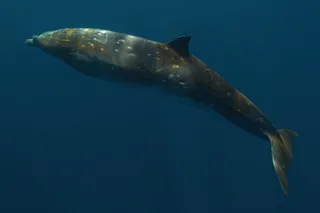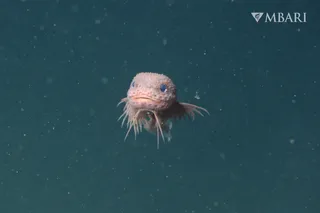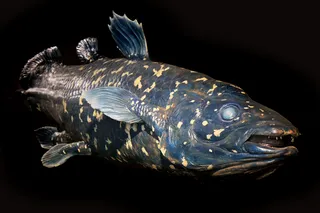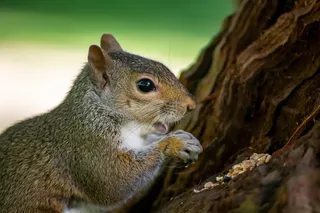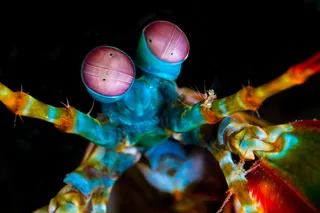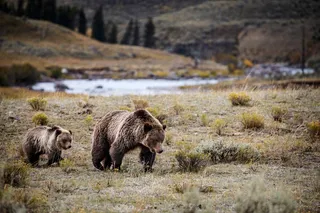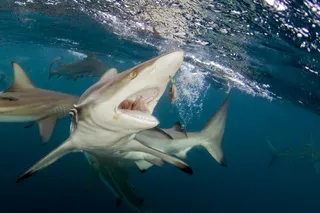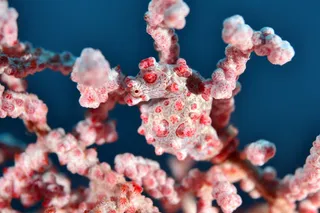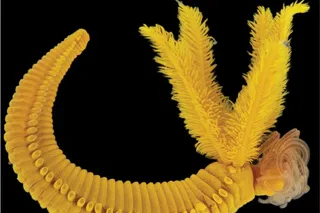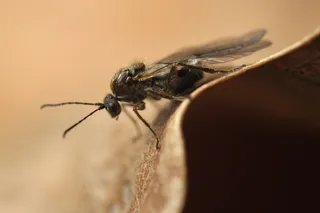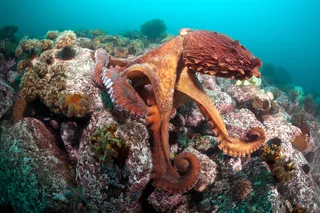This article was originally published on November 26, 2021.
Humans have lived with animals for so long, it’s hard to imagine there was ever a time when we didn’t have furry or feathered companions to help us in one way or another. Although the number varies depending on how you define “domestication,” science has identified 30 to 40 species we’ve either outright domesticated or with whom we’ve at least forged connections for our mutual benefit. Whatever the criteria, domestication was by no means a simple or linear process. It happened in fits and starts over millennia, at different times and places across the globe.
But once domestication got rolling, we didn’t just change the animals we brought into our lives; they changed us, too. Humanity would look very different today — and possibly not have thrived to the extent that it has — without the assistance and support of domesticated ...



